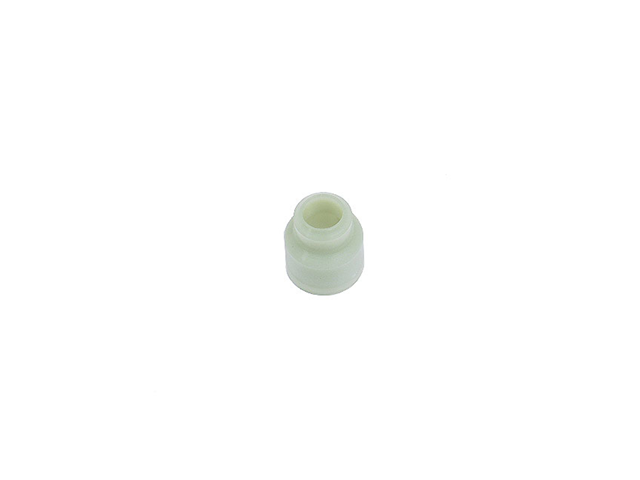Yes, you can immerse the injectors in a cleaning fluid. I think I used Seafoam.
Because cleaners may contain flammables, I put the injectors & Seafoam in sealed ziplock bags and then immersed in water. I also tried using just Simple Green without the ziploks. I don't think any of this did much good! Maybe cleaned outside of injectors a bit. Maybe commercial ultrasonics would do a better job.
In the end, I set up a crude rig to flow the cleaner through the injectors while they were being cycled.It also allowed me to measure the flow from each injector. At first I did one at a time. Later version, I did 4 at a time and more easily compared flows. In the Djet section of EGV107, there is the Comprehensive Guide. It mentions my set up (used my pressure brake bleeder) My original post should be somewhere too, but with new forum software, it may be hard to find and links to pictures may or may not be there.
The Comprehensive Illustrated Djet fuel injection system (72-75 350-450SL) Thread FIRST AND FOREMOST: The Manual IMPORTANT!!!! I didn't find this for the first month, this is CRITICAL The Manual!!!!! Model 107 Second CHECK THE BASIC STUFF FIRST I know that seems obvious, but in rebuilding...

www.benzworld.org
One other thing. There are small filter screens on the injector inlets. These can be removed so screens can be cleaned. Ultrasonic may work for them once removed. To get them out, I used a small coarse screw that just gripped the filter, then pulled them out. Some people flow backwards through injector while cycling - Then you really need the screens out of there.
When cycling injectors it is recommended to use about 3V. I used 12v initially, but I think I later connected 4 in series when I did did 4x cleaning.
Sorry - probably information overload!









